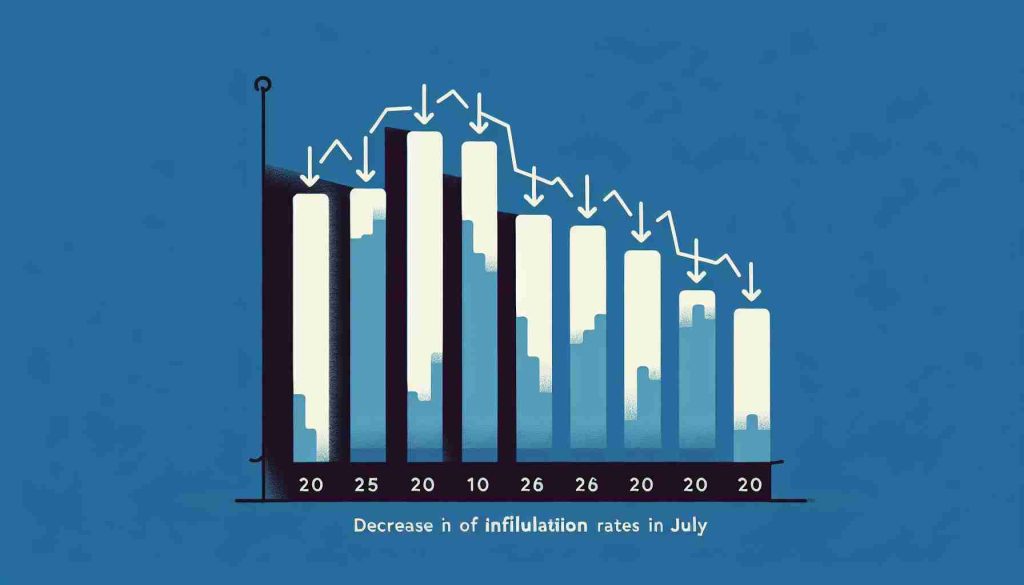Significant Drop in Price Index: Recent data from the National Statistics Institute show a notable decrease in the annual inflation rate for the Basque Autonomous Community (BAC) and Navarre in July. The inflation rate dropped by six tenths in BAC and eight tenths in Navarre compared to the previous month, primarily attributed to lower electricity costs and a slowdown in food price increments.
Regional Variations: In a month-on-month comparison, the Consumer Price Index (CPI) declined by 0.3% in BAC and 0.1% in Navarre from June to July. Year-to-date figures indicate a 2.7% increase in prices in BAC and a 2.2% rise in Navarre.
Diverse Inflation Rates: The July annual CPI stood at 2.4% in Álava, 2.9% in Gipuzkoa, and 3.1% in Bizkaia, with decreases observed in all three regions compared to the previous month. Food prices, a significant factor in inflation, dropped by varying degrees across regions, with an overall decrease in the Spanish state.
Factors Influencing Food Prices: The decline in food inflation, notably in fruit and oils, contrasts with the previous year’s upward trend and coincides with the recent removal of VAT on olive oil starting July 1st.
National Outlook: In the broader context, Spain witnessed a 0.5% decline in prices compared to the previous month, with an annual inflation rate of 2.8%, marking a six-tenths reduction from a year ago. Additionally, the core inflation rate, excluding unprocessed foods and energy, decreased by two tenths to 2.8%, the lowest level since January 2022.
Effects of Decrease in Inflation Rates on Spanish Economy: The recent decrease in inflation rates across Spanish regions in July has sparked interest in understanding the implications and broader economic effects. While the previous article touched upon the region-specific data, it is essential to consider additional factors that shed light on the overall scenario across Spain.
Impact on Consumer Spending: One of the key questions that arise is how the decrease in inflation rates will affect consumer spending behaviors. Lower inflation typically means that the cost of goods and services is not rising as rapidly, providing consumers with increased purchasing power. This, in turn, could potentially stimulate higher consumer spending levels, boosting economic activity.
Employment and Wage Dynamics: Another important aspect to explore is how the decrease in inflation rates could influence employment trends and wage dynamics. With lower inflation, there may be less pressure on businesses to increase prices, potentially leading to stable or even lower wage growth. Understanding the interplay between inflation, wages, and employment is crucial in assessing the overall economic health.
Challenges and Controversies: One of the key challenges associated with decreasing inflation rates is the risk of deflation, where prices continue to fall, leading to reduced consumer spending, investment, and economic growth. Controversies may arise surrounding the effectiveness of monetary policy measures in addressing low inflation and ensuring price stability.
Advantages and Disadvantages: Lower inflation rates can have advantages such as increased purchasing power for consumers, potentially lower interest rates, and greater economic stability. However, persistent low inflation or deflation could hamper economic growth, lead to job losses, and create uncertainty in financial markets.
In conclusion, while the decrease in inflation rates in Spanish regions presents certain benefits, it is crucial for policymakers and economists to closely monitor the evolving economic dynamics to mitigate risks and foster sustainable growth. Understanding the nuanced implications of inflation changes is essential in shaping effective economic policies and ensuring long-term stability.
For further insights into the economic landscape and inflation trends in Spain, you can visit the official website of the National Statistics Institute at www.ine.es.










More Stories
New Legislation Imposes Fines on Airlines for Hand Luggage Charges
Expanding Renewable Energy Contracts Leads to Legal Accusations
Changes in the Tax System for Independent Workers in 2025